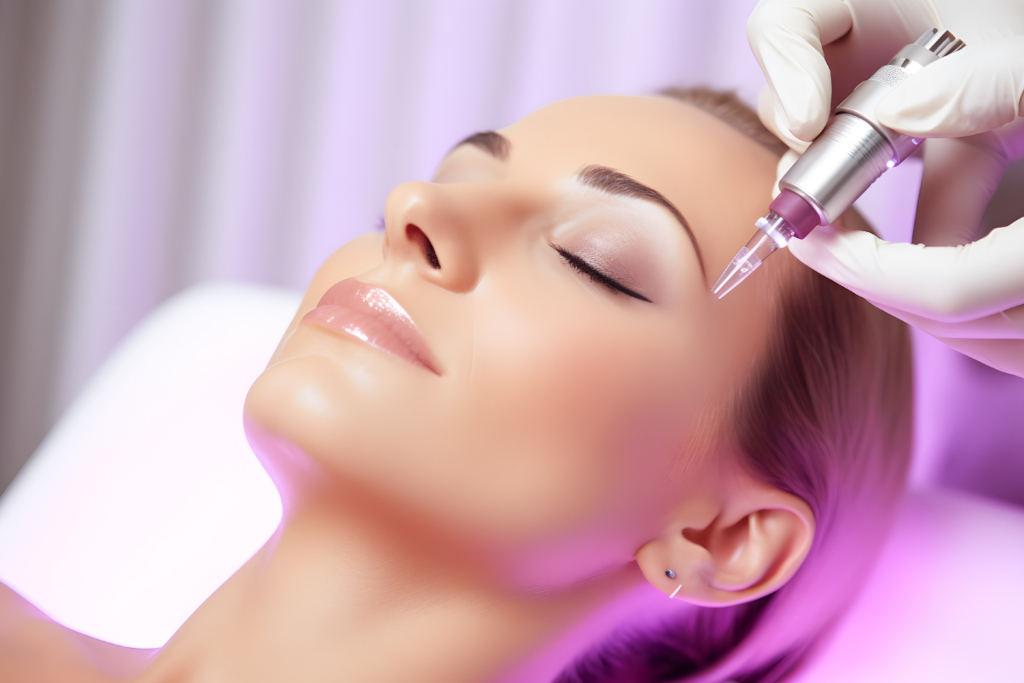
As the demand for cosmetic treatments and medical aesthetics continues to grow, many healthcare providers are considering adding medical aesthetics services to their existing practice. Offering medical aesthetics not only expands the scope of services but also presents significant opportunities for increased revenue and patient retention. However, before taking the leap into this thriving industry, there are several considerations to keep in mind. In this blog post, we will explore the opportunities and essential factors to consider when adding medical aesthetics to your practice.
Medical aesthetics is a booming industry, with a continuously expanding market of individuals seeking non-surgical cosmetic treatments. From injectables like Botox and dermal fillers to laser treatments and skin rejuvenation procedures, the demand for aesthetic services is high. By incorporating these sought-after treatments into your practice, you can tap into a lucrative market and attract a broader range of clients.
Integrating medical aesthetics into your practice can diversify your revenue streams. While medical services are typically billed through insurance, most cosmetic treatments are considered elective and paid for directly by patients. This additional income can provide financial stability and supplement your traditional healthcare earnings.
By offering medical aesthetics, you can create stronger patient loyalty and retention. Clients who receive cosmetic treatments often develop long-term relationships with their providers. Satisfied patients are more likely to return for maintenance treatments and refer friends and family, resulting in a loyal patient base.
Medical aesthetics attracts a different demographic of patients than traditional healthcare. By adding these services to your practice, you can expand your reach to a broader audience. Younger individuals seeking preventative skincare, beauty-conscious clients, and those interested in aesthetic improvements may seek your services, bringing new clients to your practice.
Before incorporating medical aesthetics, it’s crucial to obtain specialized training and certification in the specific treatments you plan to offer. Attend reputable training programs and workshops to gain hands-on experience and theoretical knowledge. Proper training ensures safe and effective treatment delivery, protecting both your patients and your practice.
Medical aesthetics is a highly regulated field, and you must adhere to all legal and ethical requirements. Familiarize yourself with the relevant laws, licensing, and regulations specific to your location. Additionally, ensure that your practice meets the necessary safety standards and protocols for administering cosmetic treatments.
Investing in high-quality equipment and advanced technology is essential for delivering top-notch medical aesthetic services. Research reputable suppliers and brands known for their efficacy and safety. The initial investment may be significant, but it is crucial for providing the best possible patient outcomes.
Successfully integrating medical aesthetics into your practice requires effective marketing and branding strategies. Promote your new services through your website, social media channels, and patient newsletters. Consider partnering with local beauty influencers or hosting events to create buzz and attract potential clients.
Adding medical aesthetics to your practice presents exciting opportunities for growth, increased revenue, and enhanced patient loyalty. However, it requires careful planning, specialized training, and compliance with regulations. By evaluating market demand, diversifying your revenue streams, and investing in training and technology, you can successfully incorporate medical aesthetics into your practice and create a thriving business that meets the growing demand for cosmetic treatments. Remember, providing exceptional patient care and safety should always be at the forefront of your efforts, ensuring long-term success and patient satisfaction.